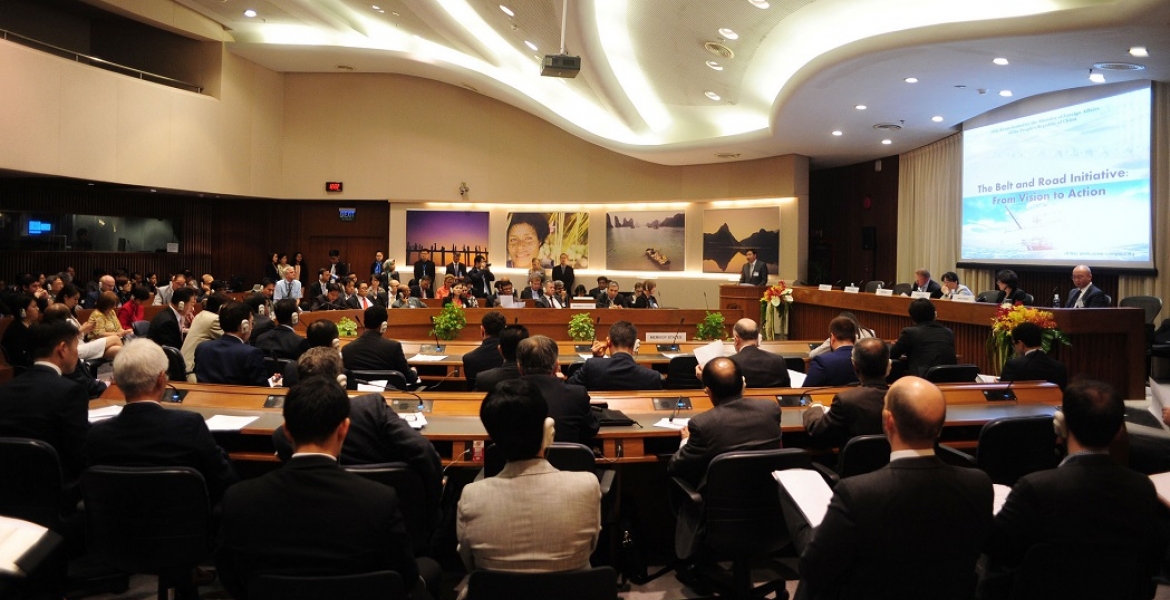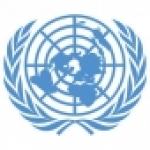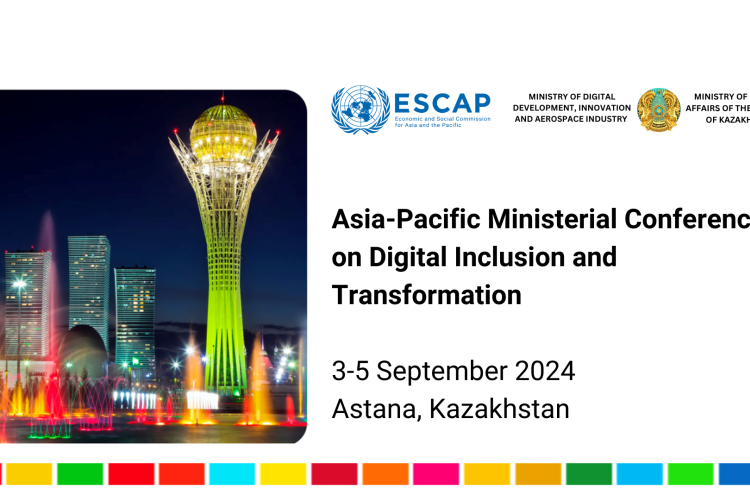China: Belt and Road Initiative (BRI)
Written by Dr. Shamshad Akhtar is an Under-Secretary-General of the United Nations (UN) and the Executive Secretary of the United Nations Economic and Social Commission for Asia and the Pacific (ESCAP). The article was posted in the Eurasia Review (among others).
China’s role in the global context has grown in terms of its output, trade and now its voice and leadership in sustainable and inclusive development, and resolve to pursue low carbon pathways. A further paradigm shift is anticipated in the role and influence of China, as it delivers on the Belt and Road Initiative (BRI) by leveraging on its successful infrastructure capabilities and the capital strengths of new financing vehicles such as Asian Infrastructure Investment Bank, New Development Bank and the Silk Road.
The BRI can be a truly “game changing” proposal provided it is able to foster trust and confidence among member states. The initiative should go beyond bilateral project transactions to promote regional and multilateral policy frameworks and promotes sustainability.
It is true that the BRI will generate mutual benefits for China and its partners however the economic, social and environmental costs and benefits vary across corridors depending on the terrain, state of development, productive capacities and traffic flows.
Research has shown that BRI corridors will entail higher benefits if partner countries lower cross border transaction costs and import tariffs, for instance a 30 per cent decline in both of these would generate economic gains of 1.8 per cent growth in GDP for China and anywhere from 5.3 to 16.9 per cent GDP for other participating member countries. Improving the quality of infrastructure in countries with less efficient trade regimes and border administration may result in only limited export gains. Our analysis suggests that a 1 per cent improvement in trade facilitation procedures, quality of transport infrastructure and ICT will deliver 1.5, 0.7 and 1.4 per cent increases in exports, respectively. Gains are higher for corridors where trade agreements may already exist.
With nearly two-thirds of BRI countries facing energy deficits, the initiative needs to complement and supplement the subregional energy connectivity initiatives. There is much scope to develop power grids, promote smart, green and integrated power and gas markets, harness cross-border gas and oil pipelines from resource rich Central Asia to South and East Asia. Drawing on the initiatives of the State Grid of China Corporation and the Global Energy Interconnection Development Cooperation Organization to promote global energy interconnections can enhance the region’s energy security and advance sustainable energy access.
It is also evident that ICT has to be an essential foundation for BRI as it can harness cross sectoral synergies. E-resilience of ICT can be enhanced through increasing diversified and redundant fiber optic cables, raising bandwidth, developing national ICT infrastructure, and lowering fixed-broadband prices as a percentage of GNI per capita. These actions can help develop uniform quality of services between endpoints which will facilitate traffic delivery, ensure low transit costs, and efficient Internet traffic management using Internet exchange points (IXPs).
While the social benefits of some corridors are high, there is need to adopt more inclusive approaches to cope with social risks. For example, connecting the BRI to remote areas with new multi-country corridors would enable rural industrialization and help narrow urban-rural gaps. It is therefore important that synergies and complementarities between the objectives of the BRI and the SDGs can help create a win-win solution, particularly as regional cooperation and integration will facilitate realization of transboundary goals.
The BRI with its unprecedented ambition and scale entails enormous complexities and challenges; however, it offers phenomenal opportunities to put Asia on a sustainable and well-balanced growth and sustainable development path.
Photo: ESCAP. China’s Assistant Minister of Foreign Affairs H.E. Mr Qian Hongshan presents the opening address to a packed room at the Side Event on ‘The Belt and Road Initiative: From Vision to Action’ during the 72nd Commission Session of ESCAP in May 2016.







